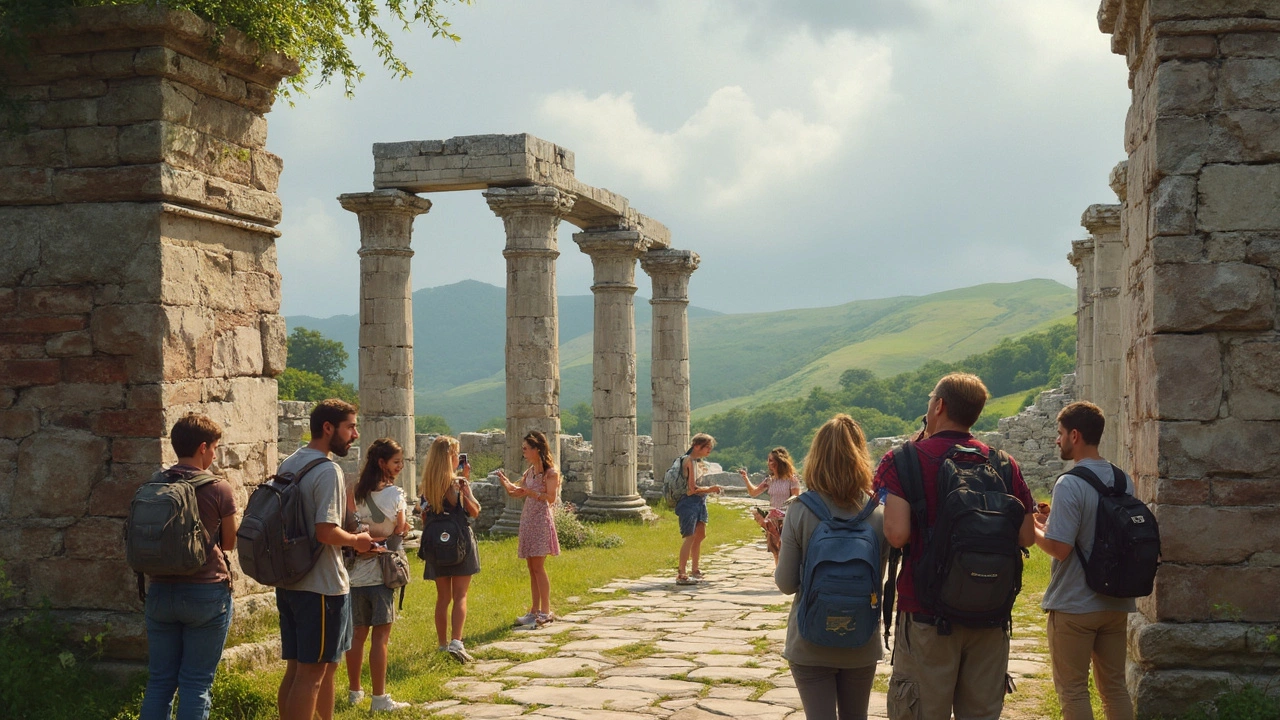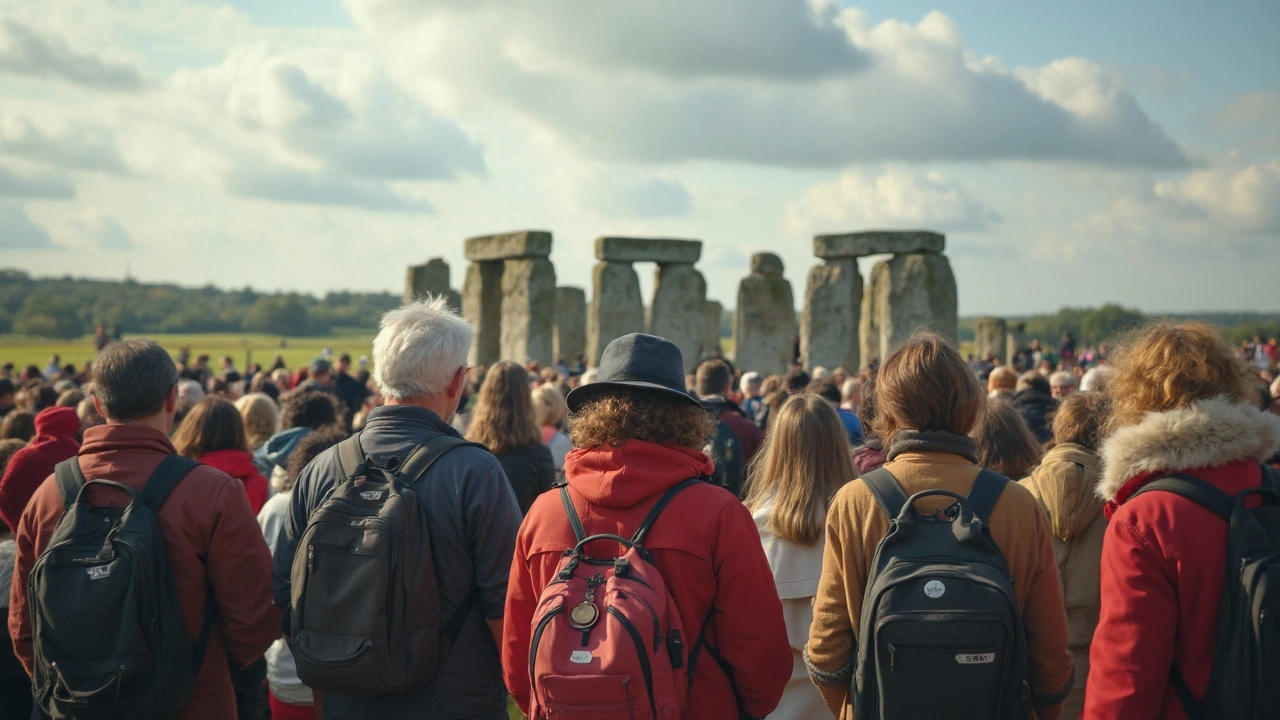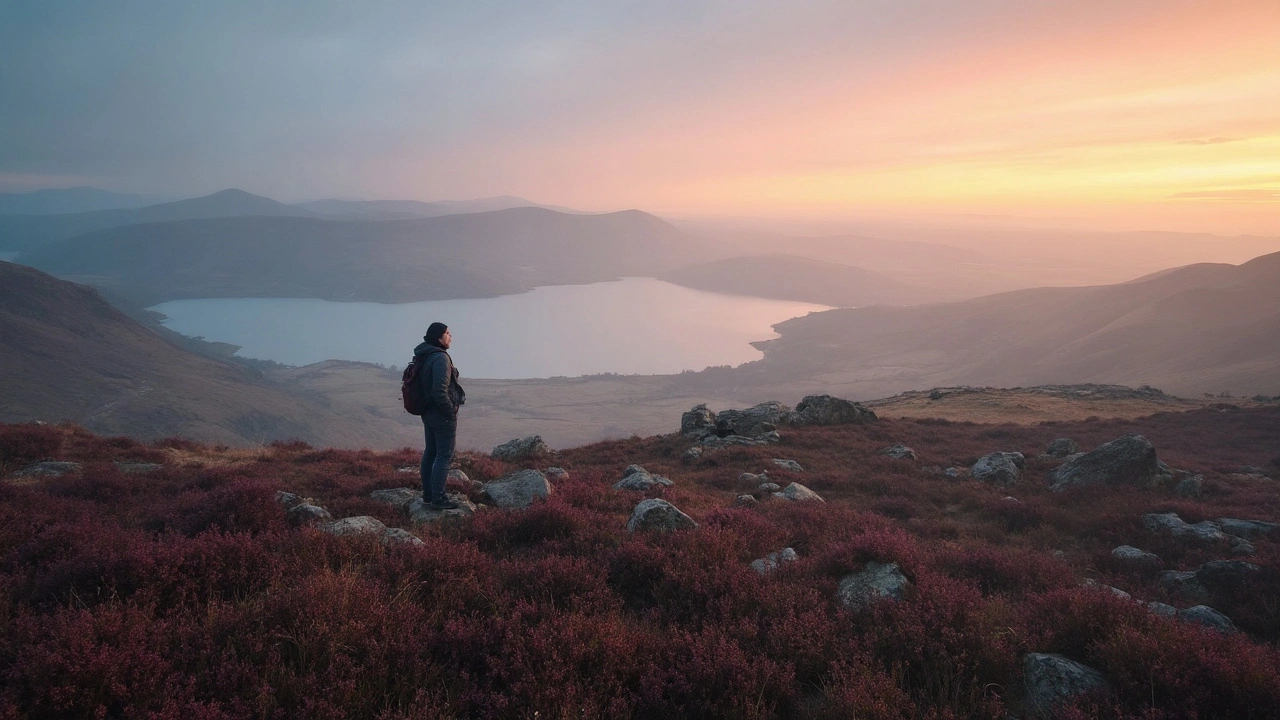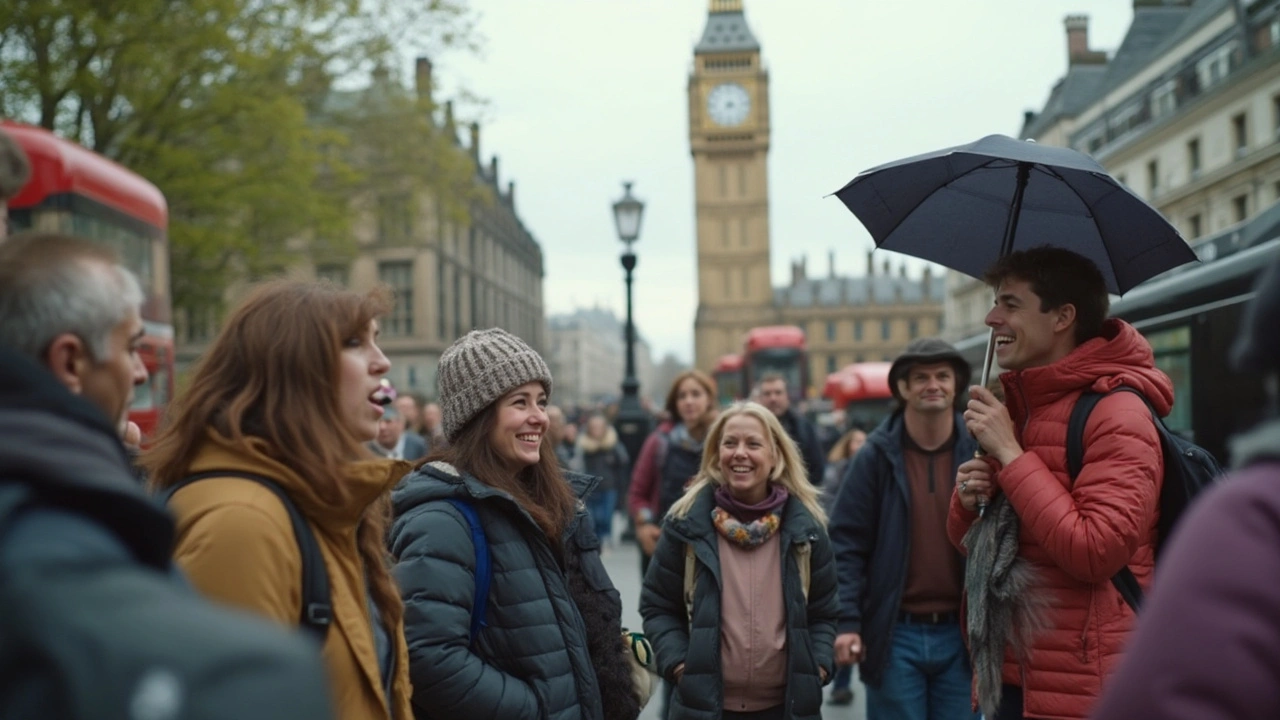Exploring Historical Sites: A Practical Guide for First-Time Visitors

Standing in front of an ancient temple or a centuries-old castle can feel overwhelming—especially if it’s your first time. It’s hard to know where to look, what to expect, or how not to stick out as the lost newbie. Start with one thing: know your basics before you even step onto the site.
First-timers get more out of these visits when they do a bit of homework. Check the site’s official site—opening times, ticket rules, anything about crowds. Google Maps reviews and recent traveler photos? Super handy for real-time tips. You don’t want to get halfway there and realize it’s closed on Mondays or swamped with school groups at 11am.
Making a simple list of essentials (like water, comfy shoes, and a phone charger) means you’re ready for a long walk or a sudden drizzle—trust me, it happens. Some landmarks won’t let you in with big backpacks or food, so keep things light. Snap a photo of the map at the entrance. Use it often. Getting lost is less fun when there’s a line of tourists behind you.
- Planning Your Visit
- What to Bring and Wear
- Mastering Guided Tours
- Respecting the Site and Local Rules
Planning Your Visit
If you’re new to exploring historical sites, a bit of prep turns a confusing trip into a smooth adventure. Not every place works the same, so check the official website first. Most famous spots, like the Colosseum or the Acropolis, need timed tickets these days—last-minute walk-ups can mean hours in line or not getting in at all. Sites like Stonehenge actually turn away visitors who don’t book ahead during busy months.
Pay attention to off-peak visiting hours. Early mornings or late afternoons are usually calmer. For example, Rome’s Vatican Museums see 70% fewer visitors after 3pm than at opening. Traveling somewhere popular? Many famous landmarks close one day a week, often Monday or Tuesday. Always double-check.
Here’s an easy process for smart planning:
- Search for the official website (skip third parties for tickets unless the main site recommends them).
- Write down ticket options: basic entry, guided tours, student discounts. Some sites, like the Louvre, offer free admission on the first Sunday of each month.
- Look up any rules—bag policy, photo restrictions, dress code. A place like the Pantheon won’t let you in with sleeveless tops.
- Map out the route using Google Maps, including bus or metro stops, and check for strikes or closures.
- Read recent reviews for heads-ups on construction, long lines, or big tour groups.
If you’re hitting more than one site in a city, combo tickets can save cash and time. Paris’s Museum Pass, for example, covers 50+ attractions and lets you skip ticket lines. Don’t forget local holidays—some sites shut completely or get packed with school tours during breaks.
| Famous Site | Closed Day | Advance Ticket Required |
|---|---|---|
| Colosseum (Rome) | Open daily | Yes |
| Louvre (Paris) | Tuesdays | Yes (recommended) |
| Westminster Abbey (London) | Sundays (for worship only) | No, but lines can be long |
Getting these basics sorted means you focus on the cool stuff once you’re there—instead of wondering why the gates are locked or why everyone else has an audio guide.
What to Bring and Wear
No one wants to be the person limping through cobblestone streets in the wrong shoes. For historical sites, comfort is key. Most locations involve a lot more walking and standing than you expect. Leave the fancy sandals and high heels at home. Instead, throw on sturdy sneakers or soft, closed-toe shoes that can handle uneven ground and a few steps.
Weather can turn on a dime, especially around castles, ruins, or open-air museums. Bring a lightweight rain jacket or a foldable umbrella just in case. Even in summer, old churches and stone forts stay chilly. Toss a sweater or hoodie in your day bag. Layers are your best friend.
Most sites don’t allow big backpacks or luggage. Instead, use a small crossbody bag or a drawstring backpack. This makes security checks easier and keeps your stuff close on crowded tours.
What else to toss in your bag?
- Reusable water bottle (many sites have refill stations, and you’ll save buying drinks)
- Phone (fully charged) and portable charger for photos and maps
- A paper guide or site map—Wi-Fi is spotty in old buildings
- A sun hat and sunscreen if you’re outdoors a lot, like at Roman ruins or battlefields
- Cash—some sites don’t take cards at the ticket counter or for bathroom access
- Proof of discounts (student ID or senior card), if you qualify. Lots of places actually ask for them
If the site is religious or conservative—think cathedrals or mosques—double check the dress code. Covering shoulders and knees is sometimes required, so keep a scarf or wrap handy just in case. Nothing ruins a visit like being turned away at the door.
Here’s a quick look at what visitors forget most often—and regret:
| Item | Why You Need It |
|---|---|
| Extra Camera Battery | Sites often ban charging devices inside; your phone dies, memories go with it |
| Small Change (Coins) | Toilets and lockers are rarely free |
| Printed Ticket | Not all entrances scan mobile codes, especially in rural or old towns |
Bottom line? Pack light but smart—so you can focus on the stories around you, not your blistered feet or a dead phone.

Mastering Guided Tours
Signing up for a guided tour at a historical site can seriously level up your whole visit. Good guides share cool background stories you’d never find on a wall plaque or in a quick online search. For starters, find out if the site offers tours in your language and if you need to book ahead—some popular places, like the Colosseum in Rome or the Great Wall of China, fill up fast, even on weekdays.
Worried tours might be stuffy or boring? These days, guides at most major historical sites use audio systems (those earpieces really help you hear in noisy places). Don’t be afraid to ask questions—the more you engage, the more memorable your visit will be. As Rick Steves, well-known travel expert, says:
“The very best experiences often come when you interact with your guide. Don’t just follow the group—get curious and let your questions lead the way.”
Here’s how to make the most of a guided tour:
- Arrive early so you meet your group and don’t miss instructions.
- Bring small bills if you want to tip your guide—or if the group pools for an entry fee.
- Take photos (if allowed), but don’t fall behind. Guides usually wait for three seconds, not three minutes.
- Use the time at stops to actually look—don’t spend the whole time snapping selfies.
- Skip extra gadgets. Headphones and a simple smartphone do the job. Big cameras can slow you down and bug the group.
Curious about what kinds of guided tours are out there? They range from quick 30-minute intros to deep dives that last half a day. Here’s a quick snapshot from a few popular spots:
| Site | Tour Length | Included Extras |
|---|---|---|
| Louvre Museum (Paris) | 2 hours | Skip-the-line entry, headset |
| Colosseum (Rome) | 1.5 hours | Underground access, guide |
| Alhambra (Granada) | 3 hours | Garden walk, headset |
The real trick? Don’t just listen like you’re sitting in school. Ask about things you don’t understand or stuff you’re curious about—guides are a real goldmine if you use them right.
Respecting the Site and Local Rules
Every historical site comes with its own set of rules, and they’re not just there to be fussy—they’re key to keeping these landmarks safe for the next wave of visitors. Ever see a "Do Not Touch" sign? That’s not just for show. Human hands can break down old stone, paint, or fabric over time. In places like the Acropolis in Greece, touching the marble causes oils from your skin to wear it away faster. Many major sites now post staff at key spots just to remind visitors of this.
Following photo rules is a big deal, too. Some places (like the Sistine Chapel) ban cameras altogether, not just to protect art from flash, but to keep the experience peaceful. Pay attention to posted signs about photography. If in doubt, ask—no one likes the awkward pat on the shoulder from security.
Food and drink often aren’t allowed inside historic buildings. Spilled soda on medieval tiles or candy wrappers in ancient ruins ruin it for everyone. Grab snacks outside, and if you’ve got trash, hang on to it until you find a can.
Here's a fast list for site etiquette, whether you’re in a castle, temple, or old house:
- Obey all signs, even if you think they're strict.
- Stay on marked paths; off-trail walking damages delicate grounds (Pompeii deals with this daily).
- Keep noise down. Voices echo in places built without insulation.
- Don’t take souvenirs, not even a pebble. Many sites, from Stonehenge to Machu Picchu, fine or prosecute for this.
- Respect dress codes. Some religious historical sites (like the Blue Mosque in Istanbul) require covered shoulders or legs.
Staff and volunteers are there to help and protect the site. If you’re not sure what’s allowed, ask. Better to ask twice than risk getting asked to leave, or worse, fined.
Some countries are stricter than others. For example, Japan’s shrines expect you to bow before entering and remove shoes in certain areas. In Egypt, public displays of affection at historical sites can offend locals and draw negative attention.
Want to know how serious this gets? Here's a quick table of real fines and rules at some popular spots:
| Site | Common Rule Break | Possible Fine |
|---|---|---|
| Pompeii, Italy | Carrying stones away | Up to $3,000 |
| Angkor Wat, Cambodia | Inappropriate dress | Site entry denied |
| Louvre Museum, France | Touching artwork | Immediate removal from site |
Sticking to the rules means everyone enjoys these historical sites for generations to come. You’ll blend in like a pro and might even pick up some nods of approval from the locals or staff.


